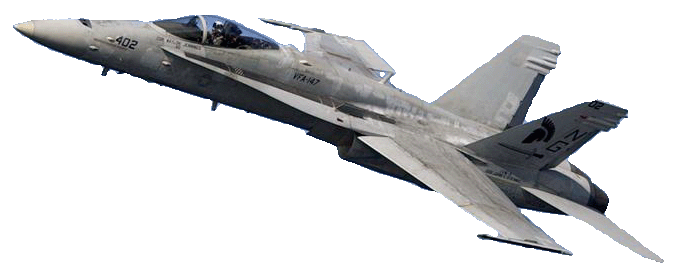
 |
|
Enlistment Information |
For More Information | Navy Related Links | Features and Benefits | About Us | Message Board |
At sea...At sea, nuclear and conventional-powered aircraft carriers and surface ships project America's power against foreign threats. |
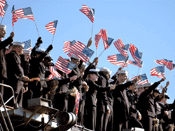 |
Under the sea...Under the sea, attack submarines protect Navy ships, and ballistic missile submarines are a vital part of America's deterrence force. |
|
 |
In the air...In the air, land and ship-based jets, anti-submarine patrol planes and a wide array of combat and support aircraft make the naval aviation team the world's finest. |
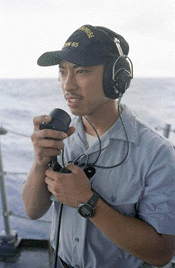 |
|
On land...On land, Navy's shore establishment supports the fleet at naval facilities, air stations, technical schools and command headquarters in the United States and overseas. |
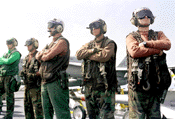 |
The Navy has it all......Cutting edge technology, advanced systems and millions of dollars of aviation, submarine, and surface ship hardware. And the urgency for all of this remains on a worldwide basis. Sailors play vital roles in defending peace all across the globe. The U.S. Navy is an elite force of highly trained professionals dedicated to protecting our freedom and ensuring a secure future for America. Navy men and women stand tall for the principles that make America the greatest nation on earth. |
|
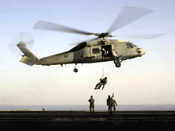 |
Where are we headed?What will the mariner of the future look like? Will we someday sail from planet to planet much as the ancient mariners explored the seas? Will tomorrow's Sailors mostly be huddled onshore remotely controlling ships that have very few human beings on them? What you can be sure of is this: join today's Navy and you will be proud of the stories you can tell your children and grandchildren! |
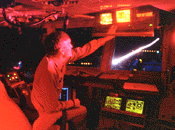 |